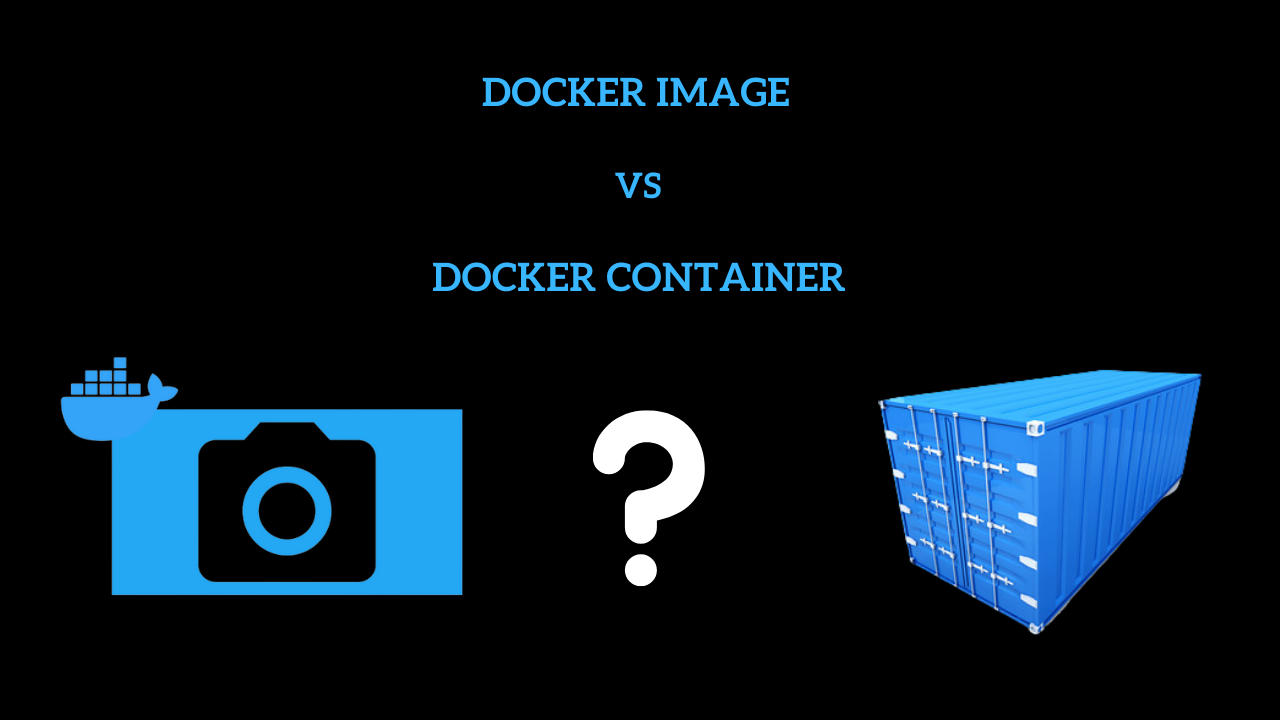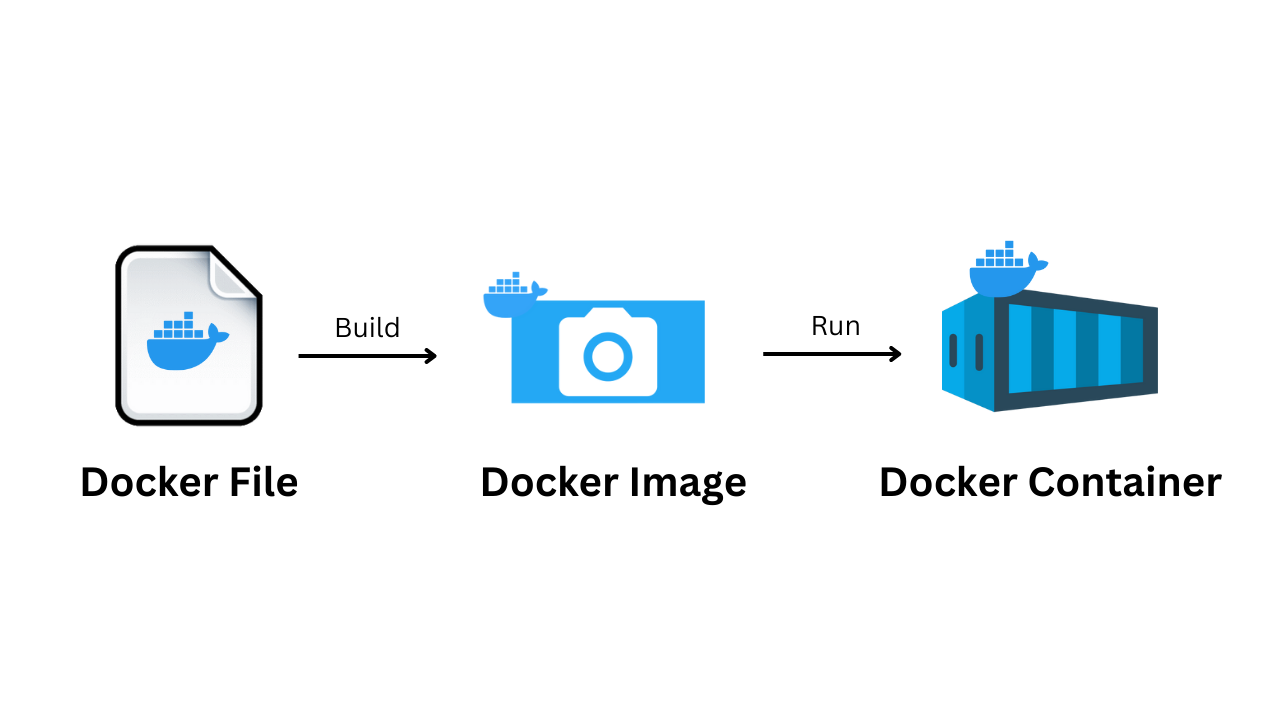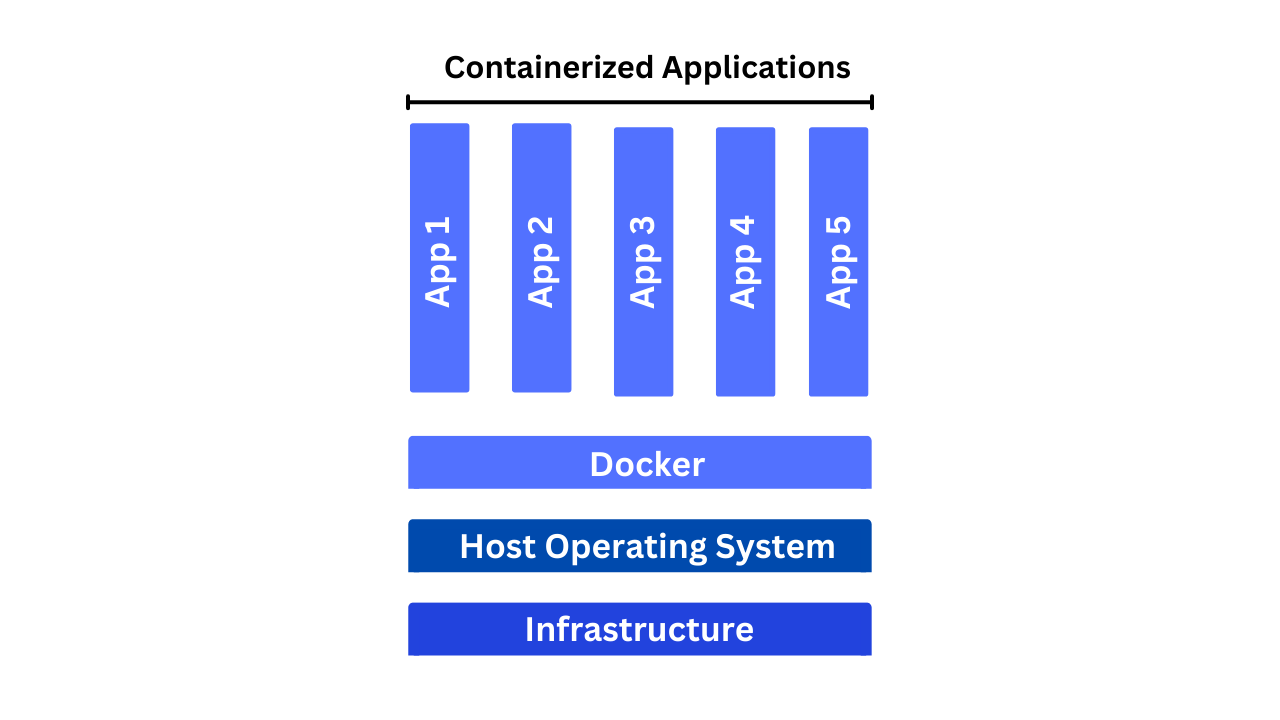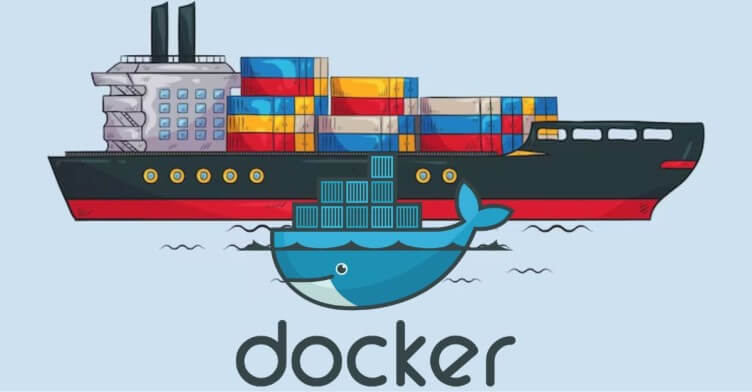Difference between Docker Image & Docker Container

What is a Docker image?
A Docker image is a combination of instructions and for creating a docker container a instruction is used to execute code in a Docker container. Docker images work as a set of instructions to build and run a Docker container, as a template. Docker images also perform as the initial point when using Docker.
A Docker image contains read-only files. when a docker image is created it can not be changed and modified, insert template that has instructions for deploying containers. In Docker, everything works around images.
An image consists of a combination of files (or layers) that collect together all the necessities and requirements such as dependencies, source code, and libraries needed to set up a completely functional container environment.
Docker image is read only template combination of layered file system , needed build a running docker container , basically the running machine of the image
Docker is mainly used to create, run and deploy applications in containers. A Docker image having application code, libraries, tools, dependencies and other files needed to make an application run. When a user runs an image, it can become one or many machines of a container.
What is a Docker container?
Docker container is an unique and isolated , secured container box, which is developed or created when the docker images is run , docker containers can be run started, stopped, deleted
A container is a standard part of software that packages up code and all its dependencies so the application runs speedily and reliably from one computing environment to another. A Docker container image is a lightweight, standalone, executable package of software that contains everything required to run an application: source code, runtime, system related tools, system libraries and settings.
Docker image use cases
A Docker image has everything needed to run a containerized application, including code, config files, environment variables, libraries and runtimes. When the image is moved to a Docker environment, it can be executed as a Docker container. The docker run command produced a container from a specific image.
Docker images are a reusable asset deployable on any environment and host. Developers can take the one static image layer from one project and use them in another project . This saves the user time, because they do not have to reproduce an image from scratch.
How does docker image work?
A Docker image works like a snapshot in other types of Virtual Machine environments. It is a binding of a Docker container at a particular point in time. Docker images are also unchangeable. While they can’t be changed, they can be replicated, shared or deleted. The upcoming days are useful for testing new software or configurations because whatever happens , the image remains immutable.
Containers need a runnable image to exist. Containers are dependent on images, because they are used to build runtime environments and are needed to run an application.
Elaboration of docker image :
A Docker image has many layers, and each image includes everything needed to configure a container environment – system libraries, tools, dependencies and other files. Docker image include :
- Base image. The user or developer can construct this first layer entirely from scratch using the build command.
- Parent image. As an alternative to a base image, a parent image can be the initial layer in a Docker image. It is a reused image that works as a foundation for all other layers.
- Layers. Layers are added to the base image, using code that will enable it to run in a container. Each layer of a Docker image is viewable under /var/lib/docker/aufs/diff, or via the Docker history command in the command-line interface (CLI). Docker’s default status is to show all top-layer images, including repository, tags and file sizes. Intermediate layers are cached, making top layers easier to view. Docker has storage drives that handle the management of image layer contents.
- Container layer. A Docker image creates a new container, and it can also be created as a writable or container layer. This layer hosts changes made to the working container and stores newly written and deleted files, as well as changes to existing files. This layer is also used to customize containers.
- Docker manifest. This part of the Docker image is an extra file. It uses JSON file format to describe the image, using this information such as image tags and digital signature.
Docker image repositories:
Docker images get saved in private or public repositories, such as those in the Docker Hub cloud registry service, from which different users can deploy containers and test and share images. Docker Hub’s Docker Loyal Registry also provides image management and access control capabilities.
Official images are ones Docker produces, while community images are images Docker different users create. Datadog/docker-dd-agent, a Docker container for agents in the Datadog log management program, is an example of a community Docker image.
Different Users can also produce new images from existing ones and use the docker push command to upload custom images to the Docker Hub. To ensure the purity of community images, Docker provides feedback to authors prior to publishing. Once the image is published to the world , the author is mainly responsible for updates. Authors must be cautious when sourcing an image from another party because attackers can gain access to a system through copycat images designed to trick a user into thinking they are from a trusted source.
The concept of a latest image may also cause confusion. Docker images usually tagged with “:latest” are not mandatory the latest in an ordinary sense. The latest tag means it does not refer to the recently pushed version of an image; it is a default tag.
How to create a Docker image
Docker images can be created through either an interactive or Dockerfile method.

Interactive method
With this method, users run a container from a working Docker image and manually make any needed changes to the environment before saving the image. The interactive method is the best and easy way to create docker images. The initial step is to launch Docker and open a terminal session. Then use the Docker run command image name:tag name. This initiates a shell session with the container that was launched from the image. If the tag name is not mentioned , Docker uses the most recent version of the image. After this, the image should come out listed in the results.
Dockerfile method
This method requires making a text Dockerfile. The Dockerfile makes the specific commands for creating an image. This process is more complex and time-taking , but it does best in continuous delivery environments. The method involves creating the Dockerfile and adding the commands needed for the image. Once the Dockerfile is begun, the user sets up a .dockerignore file to exclude any files not important for the final build. The .dockerignore file exists in the root directory. Next, the Docker build command is used to create a Docker image and an image name and tag are set.
Docker container benefits

A Docker container is a virtualized machine environment mainly used in application development. It is used to create, run and deploy applications that are different from the physical hardware. A Docker container can use a single machine, assign its kernel and virtualize the OS to run more separate and individual processes. As a result, Docker containers are very low weight.
Containers work the same as VMs, but in an exact specific and granular way. They separate a single application and its dependencies from all of the external software libraries the app needs to run both from the underlying operating system and from other containers. All of the containerized apps share a single, same operating system (either Linux or Windows), but they are categorized from one another and from the system at large.
The advantages of Docker containers show up in many places. Here are some of the major benefits of Docker and containers:
Container : It’s the same as above but instead of using a whole operating system, it removes the unwanted components of the virtual Operating System to create a minimal version of it. This supports the creation of LXC (Linux Containers). It therefore should be quick and more efficient than VMs.
Docker container : A docker container, not the same like a virtual machine and container, does not require or include a separate OS. Instead, it relies on the Linux kernel’s functionality and it can use resource isolation.
Purpose of Docker: Its main focus is to automate the deployment of applications inside software containers and the automation of operating system level virtualization on Linux. It’s more lightweight and efficient than standard Containers and boots up in a very short time .
Docker image vs. Docker container
| Docker Image | Docker Container |
|---|---|
| It is the Blueprint of the Container. | It is an instance of the Image. |
| Image is a logical entity. | Container is a real world entity. |
| Image is created only once. | Containers are created a number of times using images. |
| Images are immutable. | Containers replace only if the old image is deleted and new is used to build the container. |
| Images do not require computing resources to work. | Containers needs computing resources to run as they run as Docker Virtual Machine |
| To create a docker image, you have to write a script in Dockerfile. | To create container from image, you have to run “docker run image_name command |
| Images can be shared on Docker Hub. | Container not having sharing entity |
| Docker Images does not have a running state . | Containers utilize RAM when created and in running state. |
Conclusion:
Users can specify application dependencies and configurations as well as everything required for a computer to run that application using both containers and images. However, the life cycles of containers and images are different.
When you understand how a container is created, you will be able to distinguish between images and containers with ease. You will now have a solid understanding of what a Docker image, a container, and how they relate after reading this article.




